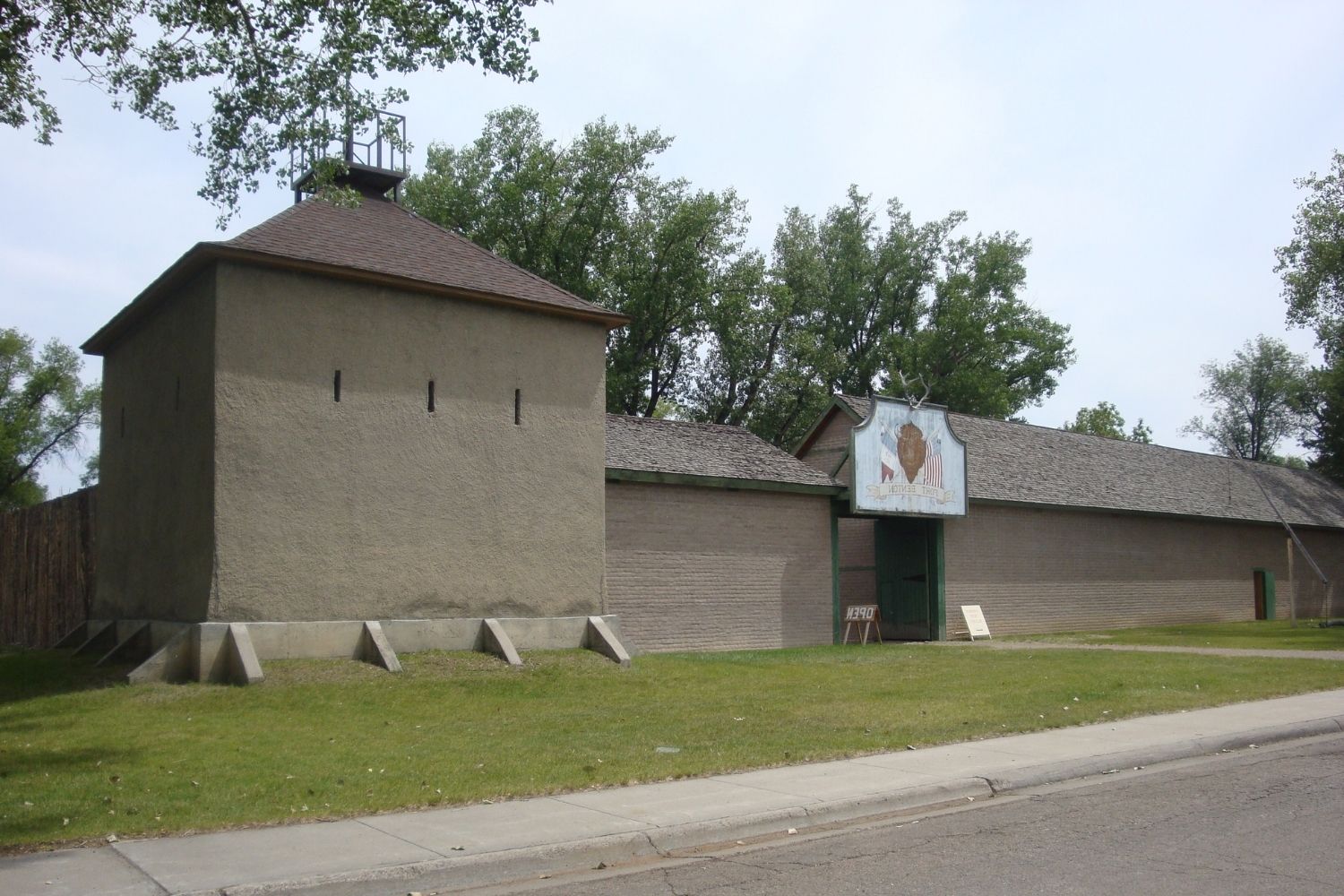Lost Trading Posts Of Montana’s Fort Benton

Have you ever wondered about the lost trading posts of Montana's Fort Benton? This historic town, once a bustling hub for traders, holds secrets of the past waiting to be uncovered. Fort Benton, nestled along the Missouri River, played a crucial role in the 19th-century fur trade. Traders, trappers, and Native American tribes gathered here, exchanging goods and stories. As you wander through this charming town, imagine the lively markets and vibrant interactions that once filled its streets. Today, remnants of these trading posts offer a glimpse into a bygone era. Discover the tales of adventure, commerce, and cultural exchange that shaped this iconic location. Whether you're a history buff or just curious, Fort Benton's trading posts promise a journey back in time.
Discovering the Lost Trading Posts of Montana's Fort Benton
Fort Benton, Montana, once a bustling hub of trade and commerce, holds secrets of its past within the remnants of its lost trading posts. These sites, scattered across the landscape, whisper tales of the early pioneers, fur traders, and Native American tribes who once converged here. Let's journey through time and uncover the stories behind these forgotten places.
1. Fort Benton: The Birthplace of Montana
Fort Benton, often called the "Birthplace of Montana," was a key player in the state's early development. Established in 1846, it served as a major trading post for fur trappers and traders. The fort's strategic location along the Missouri River made it a vital link between the eastern United States and the western frontier.
2. Fort McKenzie: A Hub for Fur Traders
Located near Fort Benton, Fort McKenzie was another significant trading post. Built in 1833 by the American Fur Company, it became a bustling center for fur trade. Traders and Native American tribes exchanged goods, creating a vibrant marketplace. Though little remains of Fort McKenzie today, its legacy lives on in the stories of those who passed through its gates.
3. Fort Piegan: Bridging Cultures
Fort Piegan, established in 1831, played a crucial role in fostering relationships between traders and Native American tribes. Situated along the Marias River, it served as a meeting point for cultural exchange. The fort's history is marked by both cooperation and conflict, reflecting the complexities of early frontier life.
4. Fort Campbell: A Short-Lived Venture
Fort Campbell, built in 1832, had a brief but impactful existence. Located near present-day Loma, Montana, it was established by the Rocky Mountain Fur Company. Despite its short lifespan, Fort Campbell contributed to the region's fur trade and left behind stories of adventure and survival.
5. Fort Lewis: A Military Outpost
Fort Lewis, constructed in 1845, was initially a trading post before transitioning into a military outpost. Its strategic position along the Missouri River made it an important site for both trade and defense. The fort's history is intertwined with the expansion of the American frontier and the challenges faced by early settlers.
6. Fort Chardon: A Forgotten Landmark
Fort Chardon, established in 1844, is one of the lesser-known trading posts near Fort Benton. Despite its obscurity, it played a role in the fur trade and served as a waypoint for travelers. Today, Fort Chardon remains a hidden gem, waiting to be rediscovered by history enthusiasts.
7. Fort Union: A Gateway to the West
Though not directly in Montana, Fort Union's influence reached Fort Benton and beyond. Located at the confluence of the Missouri and Yellowstone Rivers, it was a major trading post for the Upper Missouri region. Fort Union's impact on trade and exploration extended far beyond its physical boundaries.
8. Fort Manuel Lisa: An Early Trading Post
Fort Manuel Lisa, built in 1809, predates many of the other trading posts in the region. Established by the Missouri Fur Company, it was one of the earliest attempts to establish a permanent trading presence in the area. The fort's history is a testament to the challenges and triumphs of early traders.
9. Fort Clark: A Cultural Crossroads
Fort Clark, located along the Missouri River, was a vibrant cultural crossroads. Established in 1830, it served as a trading post and a meeting place for diverse groups. The fort's history is rich with stories of trade, diplomacy, and cultural exchange.
10. Fort Atkinson: A Military and Trading Post
Fort Atkinson, built in 1819, was both a military and trading post. Its dual purpose made it a vital part of the region's history. The fort's strategic location allowed it to serve as a base for military operations and a center for trade with Native American tribes.
Montana's Hidden Gems
Fort Benton holds a special place in Montana's history. Its trading posts once buzzed with activity, serving as vital hubs for commerce and culture. Today, these sites offer a glimpse into the past, inviting visitors to imagine the bustling life that once thrived there. Exploring these historic landmarks not only enriches our understanding of the region's heritage but also connects us to the stories of those who lived and traded there.
While some structures have faded over time, their legacy remains strong. Visiting Fort Benton and its lost trading posts is like stepping back in time, offering a unique experience for history buffs and curious travelers alike. Whether you're drawn by the tales of the past or the scenic beauty of the area, Fort Benton promises an unforgettable journey through Montana's rich history.

